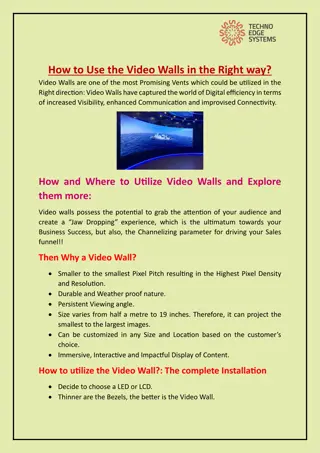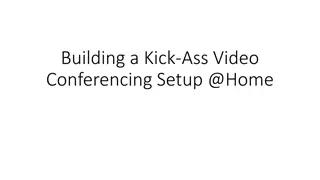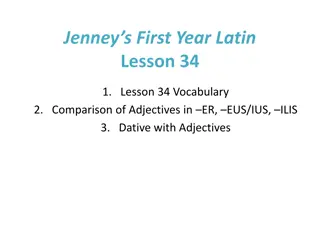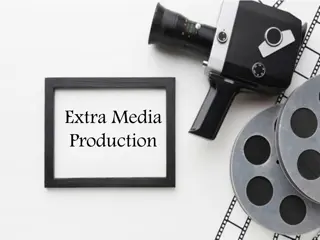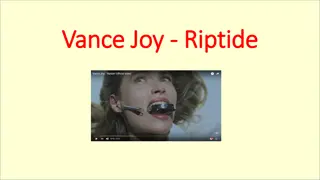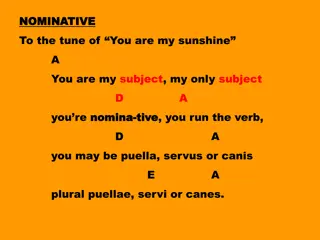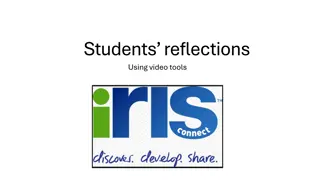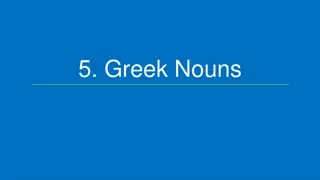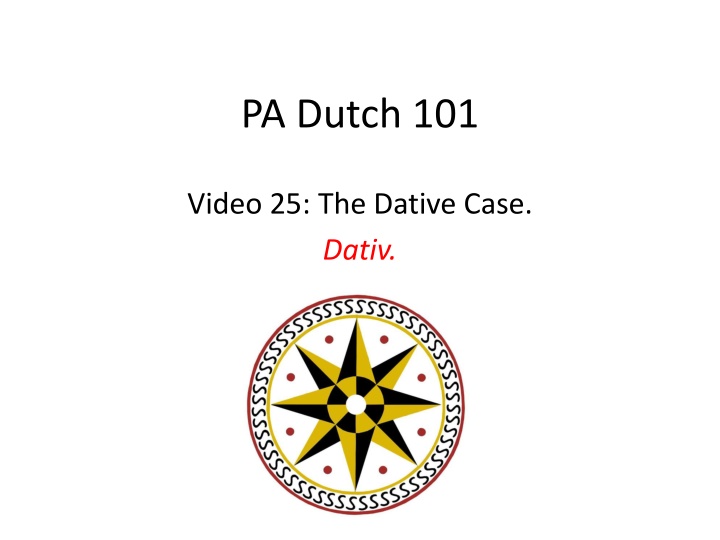
Dative Case in PA Dutch Language
Learn about the dative case in PA Dutch, which is used to identify the indirect object in a sentence. Explore the definite and indefinite articles, possessive adjectives, personal pronouns, and prepositions associated with the dative case. Enhance your language skills with examples and visuals.
Download Presentation

Please find below an Image/Link to download the presentation.
The content on the website is provided AS IS for your information and personal use only. It may not be sold, licensed, or shared on other websites without obtaining consent from the author. If you encounter any issues during the download, it is possible that the publisher has removed the file from their server.
You are allowed to download the files provided on this website for personal or commercial use, subject to the condition that they are used lawfully. All files are the property of their respective owners.
The content on the website is provided AS IS for your information and personal use only. It may not be sold, licensed, or shared on other websites without obtaining consent from the author.
E N D
Presentation Transcript
PA Dutch 101 Video 25: The Dative Case. Dativ.
The Dative Case As we covered in Video 12, the Nominative Case identifies the Subject of a sentence. As we covered in Video 17, Accusative Case is used to identify the Direct Object of a sentence. The Dative Case is used to identify the Indirect Object of a sentence. Alice buys the friend a book. Alice is the Subject, book is the Direct Object, the friend is the Indirect Object. Die Alice kaaft dem Freind en Buch. Subject Verb Indirect Object Direct Object.
The Definite Article (THE) In the Dativ Case, we use the following definite articles: Masculine Feminine dem Neuter em Plural de der
The Indefinite Article (A/AN) The Indefinite Article does not specifically identify the noun that they are associated with. Masculine Feminine me Neuter me Plural re
Indefinite Articles and Poss. Adjs. We have already learned the meaning of the possessive adjectives (Video 13). These possessive adjectives take the same endings as those of the Indefinite Articles! Ich schick meim Grossdaadi en Brief. Der Bu schreibt deinre Mudder en Poschtkaart.
Dative Personal Pronouns Just like the other Cases, the Dative has its own Personal Pronouns: Nom. ich du er sie es Accusative Nom. mir dir ihm re em Accusative uns eich ihne mir dihr sie
Dative Prepositions Like the Accusative Case, the Dative Case has a set of 11 Prepositions. The rule when using these prepositions is that the noun associated with the preposition always takes the Dative Case!
Dative Prepositions aus out of bei at the house of, at, by in Blatz vun instead of mit - with mitaus without nooch to, toward, after vun from, of, by weeich on account of wege on account of zidder since zu tu, at, too
Dative Prepositions Kummscht du mit deinre Fraa? Zidder em Yaahr wuhn ich do. Ich kann mitaus meinre Schuh net laafe.
Dative Prepositions Some Dative Prepositions and Articles are contracted as long as there is a special emphasis on the article: bei + dem = beim vun + dem = vum vun + me = vumme zu + dem = zum zu + me = zumme
Dative for Possession The Dative Case is used in PD to show possession. In English: John s car is red. In PD: Dem John sei Maschien iss rot. As you can see, the noun doing the possessing, takes the Dative Case which is followed by what is being owned. The owned object uses either (his/her etc)
Iewing - Practice Der Daadi kaaft ___ (the) Fraa en Zeiding. Der Daadi kaaft der Fraa en Zeiding. Die Schweschder gebt ___ (a) Kind (n) en Tomaet. Die Schweschder gebt me Kind (n) en Tomaet. Fraa Schneider geht mit ___ (him) eikaafe. Fraa Schneider geht mit ihm eikaafe. Die Karen wuhnt nooch bei ___ (them). Die Karen wuhnt nooch bei ihne.
Bis die naegschde Video, Macht s gut un schwetzt Deitsch! E-Poscht schreiwe: busterpa@yahoo.com


